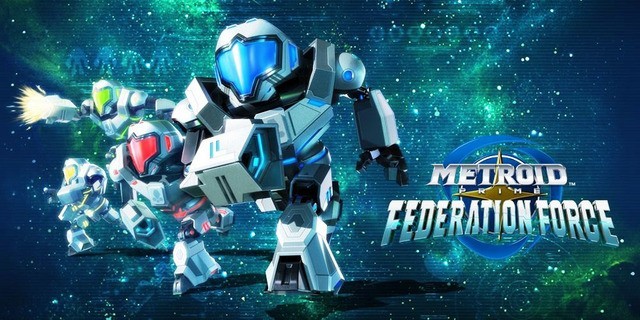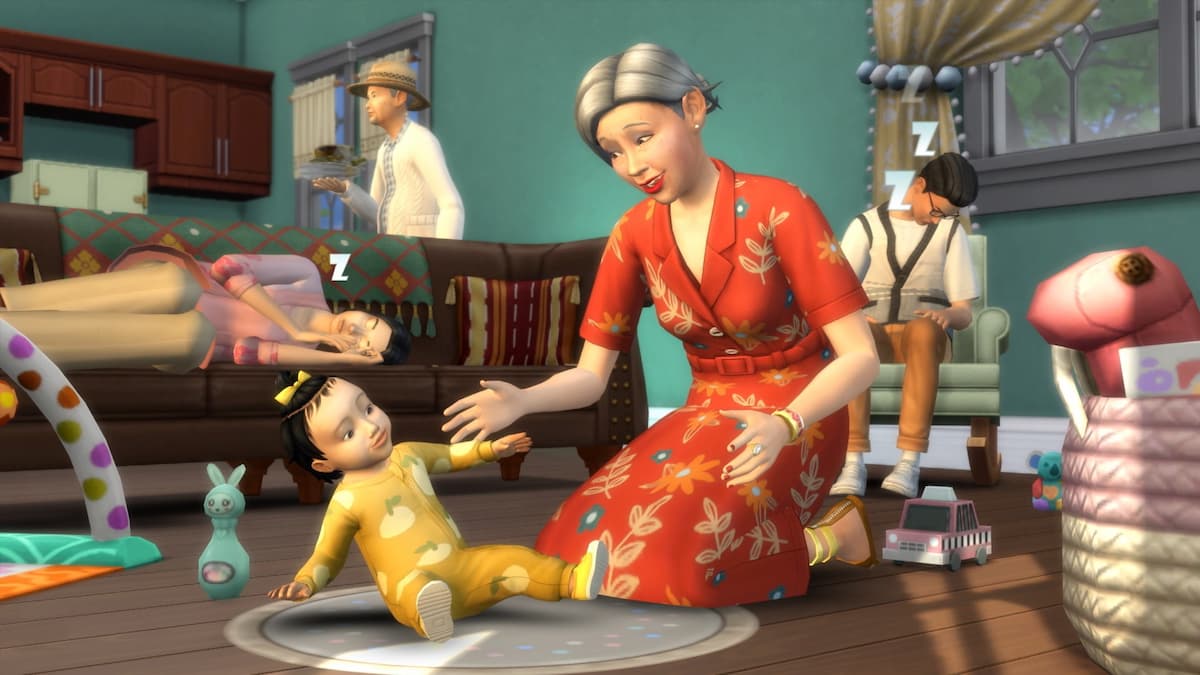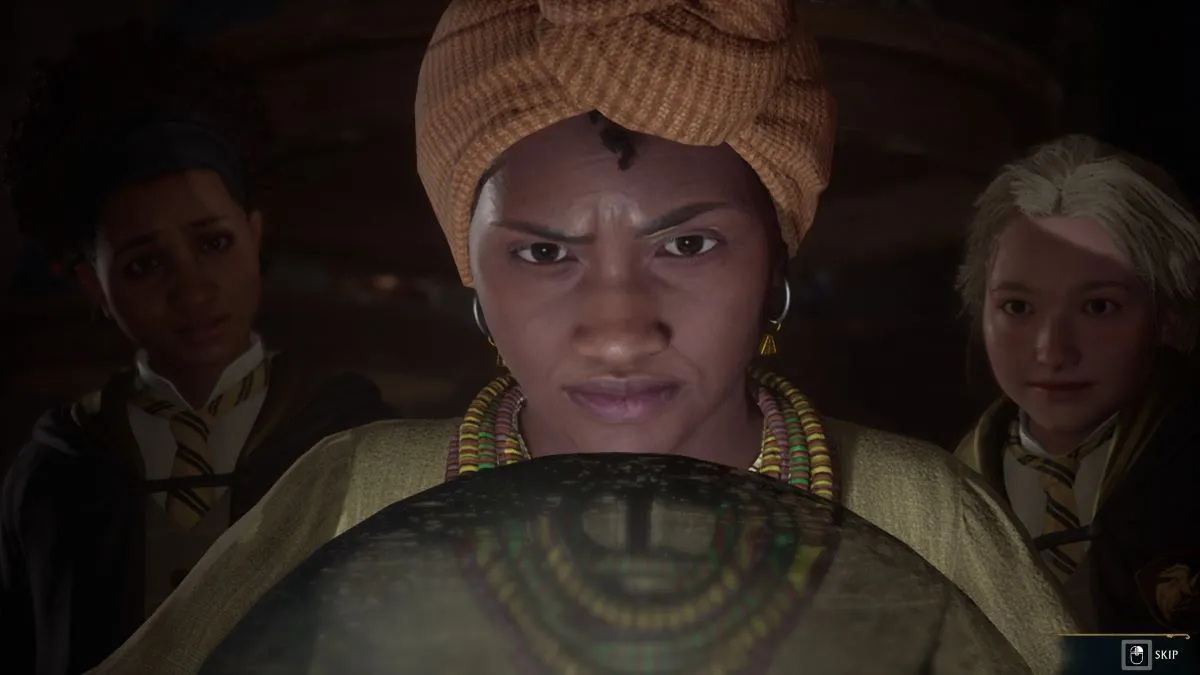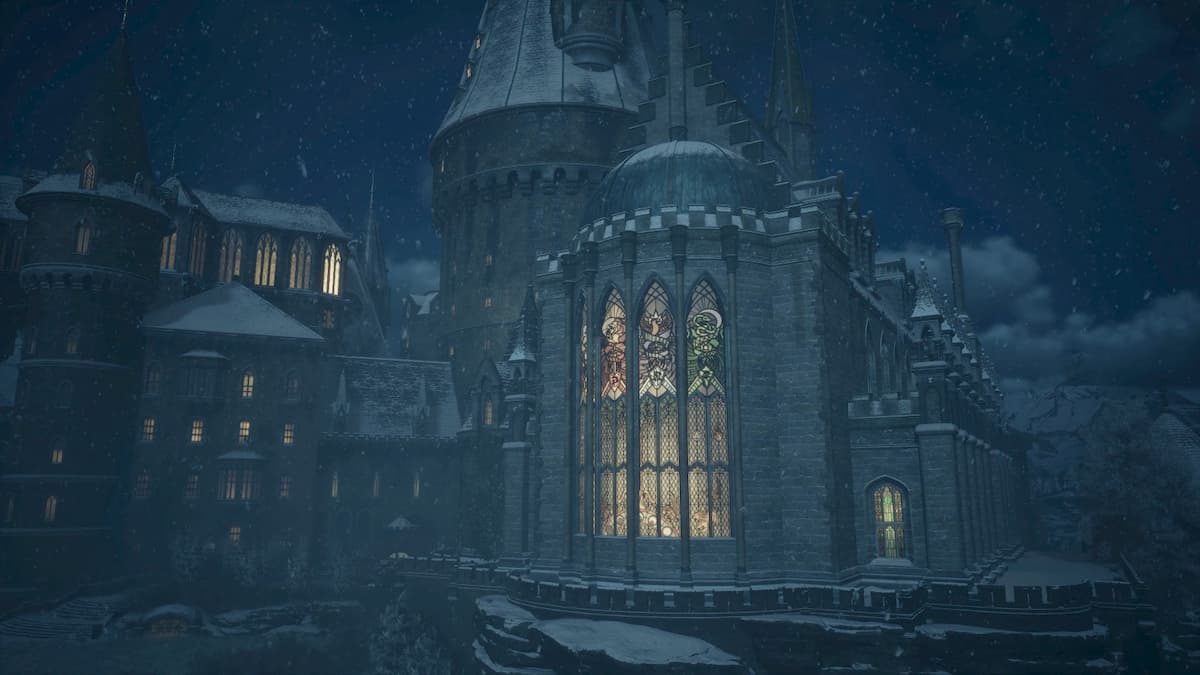So Metroid Prime: Federation Force isn’t going anywhere anytime soon. Fans have created petitions to stop it, they’ve complained about it over and over on reddit and other boards, and some have decided to just outright boycott it. So much hate, and Nintendo only showed maybe what… 10 minutes of gameplay during E3?
About 2 months ago I started my Metroid Rewind Review, and in it I discussed every game in the series from the original Metroid on the NES to the most recent game Metroid: Other M. What I realized by the end of the series is that while Metroid is a great series, it is rarely consistent in terms of quality, and it is even less consistent in terms of a logical story. The video below didn’t really help me get back into the habit of taking the series very serious either:
Don’t get me wrong… I love Metroid. I love that there’s a badass female bounty hunter out there in cyberspace fighting giant robotic space dragons in the middle of nowhere on whatever planet some alien jellyfish show up on. That’s cool. But let’s face it… Metroid has never been “great” as much as it has been “good”. In fact, after critically analyzing all of the games with a modern perspective, the series as a whole barely passed with a 7.3/10 during my series of Rewind Reviews.
If you love Metroid why did you rate it so poorly RR-sama?
The answer is simple, my friend: Metroid – when stripped of its FPS or side-scroller qualities is basically a poorly executed Legend of Zelda clone.
I just ignited two fanbases… didn’t I?
While this notion may sound completely absurd to fanboys and girls of the two series, when stripped of their perspectives (top-down or third-person 3D for Legend of Zelda or side-scroller or 3D first-person shooter for Metroid) both games actually mirror each other. In fact, I would go so far to say that The Legend of Zelda does Metroid better than Metroid does Metroid. Don’t believe any of this? Here’s the evidence…
Setting up Link and Zero Suit Samus as the “base character” we can see a number of superficial parallels between the characters and their abilities…
Before denouncing my claim, consider the following:
- Both Link and Samus “dungeon crawl” through various themed dungeons where an essential item is required in order to progress. To acquire said item, Link or Samus typically must defeat a miniboss or explore a certain area of the aforementioned dungeon.
- Both Link and Samus have a variety of similar items: Link has bombs, Samus has power bombs; Link has a hookshot, Samus has a grapple beam; Link has tunic upgrades, Samus has suit upgrades; etc. While these similarities are superficial when applied to their particular games, they are identical in premise if either character decided to swap roles for a day.
- Both Link and Samus generally must retrieve a certain type of weapon to defeat the game’s final boss. For Link this is usually the Master Sword or Light Arrows, and for Samus this is rather the Hyper Beam or Plasma Beam.
- Both Link and Samus’s games are focused on exploration in the action-adventure genre. This is an indisputable fact.
- Should a Legend of Zelda game be made into a space fantasy, or Metroid into a medieval fantasy, it would be difficult to distinguish the two games from one another thematically. The only differences would be: The Legend of Zelda is story driven, while Metroid is not.
As clearly seen, the two games share a great deal of similarities. It is also the reason I hold the belief that these reasons are why Metroid games have been – in common opinion – been getting worse over time.
Explain yourself RR-sama before I behead you for treason!
Once again, another simple answer, friends…
Looking at Metroid, the series just doesn’t offer anything that The Legend of Zelda doesn’t anymore. Back when the two games were originally released, Takashi Tezuka and Shigeru Miyamoto worked tirelessly to make sure that the games were “anti-Super Mario“. That means that there was no real design choice in mind, only that it had to be as non-Super Mario as it could be. That meant removing the jumping to kill mechanic, removing left-to-right side-scrolling, and so on.

From the setting, to gameplay, to themes, The Legend of Zelda is the antithesis to the Mario franchise, having almost nothing in common
Both games achieved this goal, but neither game was truly adept at doing what it did. While The Legend of Zelda was pretty close to a finished product, it wouldn’t be until Super Metroid was released that we had something resembling what a Metroid game should be like… assuming that Super Metroid is what you think a Metroid game is.
The truth is: Super Metroid had more in common with The Legend of Zelda: A Link to the Past than it did with Metroid (NES) or Metroid II: Return of Samus. But how is this the case? The answer is simple: Super Metroid started moving the series toward a story-based gameplay style.
Super Metroid began the trend of adding story elements in-game to Metroid games, something that has been an overlooked controversy until voice narration was used in Metroid: Other M
Sequence breaking aside, both A Link to the Past and Super Metroid have the most common elements with each other than previous games in either series. They both aimed for mass exploration, they both added enough “story” to get you by, and they both functioned on the previously mentioned similarities. However, while Super Metroid is considered the golden child of the Metroid series, it pales in comparison to A Link to the Past‘s fanbase and overwhelmingly positive reception – even to this day.
So why did The Legend of Zelda: A Link to the Past do so much better?
The simple answer is that The Legend of Zelda is more accessible. Thematically, conceptually, mechanically, and narrative-ly, The Legend of Zelda is a much more accessible series. Going back to the video I linked earlier, The Legend of Zelda has a much lesser suspension of belief than Metroid does. In fact, trying to explain why Metroid is so great to anyone who hasn’t played the series for themselves is likely to raise more questions and eyebrows than it solves.
When is the last time that you had to explain that you’re playing as a woman raised by bird-people to fight alien jellyfish that were genetically modified by flying space-dragon scientists?
As such, it is pretty much an uphill battle to claim that Metroid is anything more than a crappy side-scrolling Legend of Zelda game. Zelda II: The Adventure of Link is considered one of the worst Legend of Zelda games out there, and yet even that game is praised more often than of-era games in the Metroid series.
And so Nintendo tries to make Metroid “anti-Zelda”…
In my Metroid: Other M Rewind Review I argued that the fan-dubbed “worst Metroid game” was actually one of the best. Why? Because it did something completely different from what the original Metroid formula.
Metroid: Other M took away a lot of the freedom from the Metroid formula by installing a plot-driven system. While this is almost unanimously declared as a bad thing, it unfortunately detracts from all the things that Metroid: Other M did right.
Samus in Other M feels great. She doesn’t hop left and right to avoid enemy attacks. Instead she leaps and pounces around enemies in order to evade and attack. It’s an amazing improvement over the robotic nature of the Metroid canonical games and the Prime series.

The “SenseMove” mechanic sped up the pace of Metroid: Other M’s battles, making them more fluid and akin to the supposed Chozo training Samus received during her childhood
While the Prime series ultimately did a lot of good by bringing the series into the 3D world, it ultimately didn’t change anythign about the Metroid formula. In fact, all it really did was make it more streamlined – which for the sake of argument is worse for the series. In Other M, for the first time ever Samus feels like she is described: an agile, fast-shooting, cybernetically enhanced bounty hunter. Samus has only ever displayed these traits in full during the Super Smash Bros. Melee intro.
Other M managed to make Metroid as “anti-Zelda” as it could be. As such, I would say that – despite the failings – Other M is actually the greatest thing to happen to Metroid since Super Metroid.
So what does this have to do with Metroid Prime: Federation Force?
A lot, actually…
Consider this for a moment: what if Nintendo is actively seeking to separate the Metroid series from its roots as an exploration action-adventure game? The Prime series was among some of the best selling Metroid titles, and Other M seems to point in the direction of making the series more action-oriented.

Metroid Prime: Federation Force appears to be a goal-focused, action-oriented game, much like Other M and the Metroid Prime series
What if Federation Force – like Metroid Prime: Hunters – is trying to aim toward making the series more about first-person action? It would certainly fill the void in Nintendo’s list of genre specific IPs. With The Legend of Zelda: Wii U targeting a much wider open-world exploration market, maybe Nintendo has realized that there just isn’t room for two games with the same core gameplay values?
I know another complaint about the game is the art style. Personally, I sympathize on that ground. Metroid Prime was known for its more gritty-looking design with sharp edges, and highlights. Federation Force seems to carry out this design still, but it lacks the art direction of Retro Studios behind it. As such, we got this sort of chibi character design that looks off putting.
Federation Force would probably have had a lot less complaints if the playable characters looked more like they did in Metroid Prime 2: Echoes…
All I really have to say is that considering what Metroid was, is, and will be… give it a chance. The series thus far hasn’t really broke any ground that other games wouldn’t have done sooner or later. It’s also still a relatively young Nintendo series as well, having only 9 or so installments if you don’t count remakes or spin-offs – that’s only 2 more games than Starfox. Besides, if there’s one thing we have come to know about Nintendo it’s that they manage to hit a home run 95 out of 100 times.
As Iwata would say: leave luck to heaven!













Published: Sep 14, 2015 03:12 pm